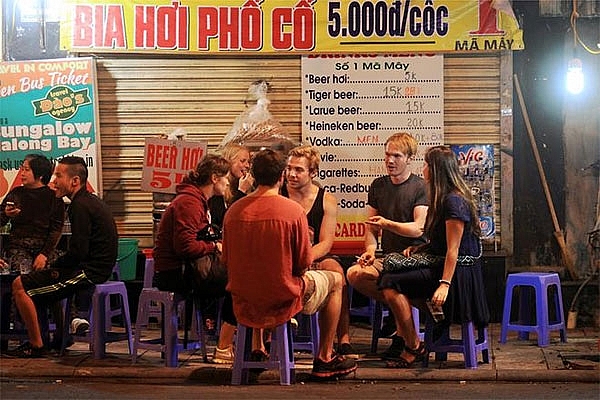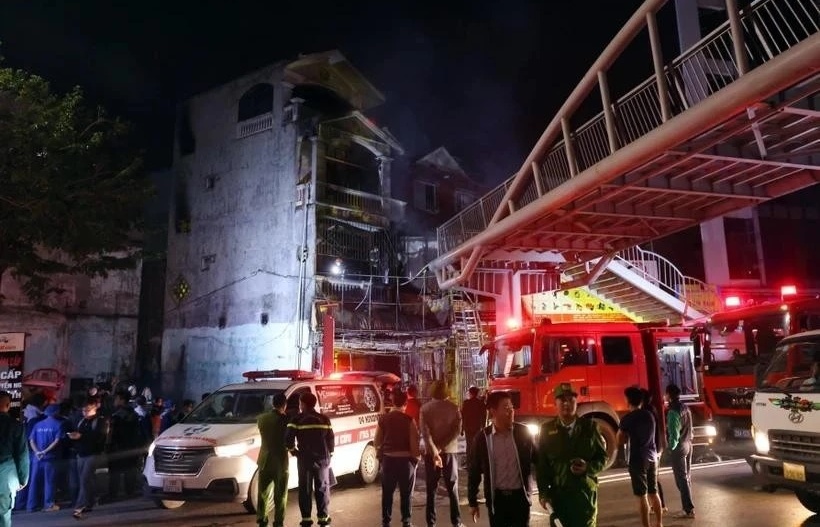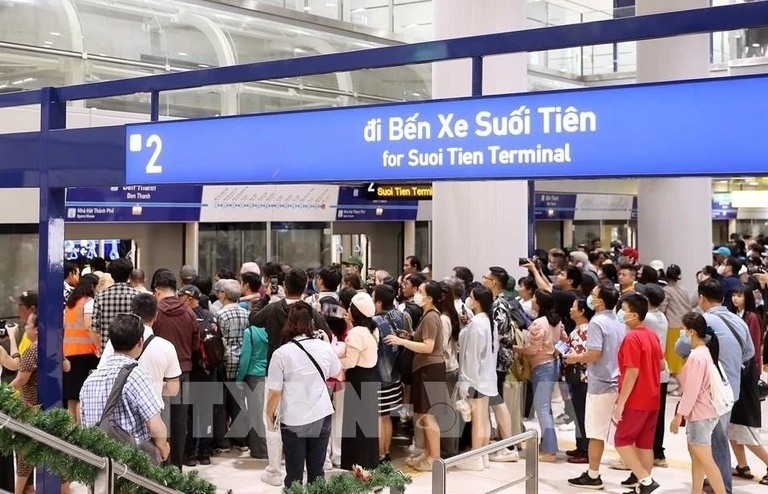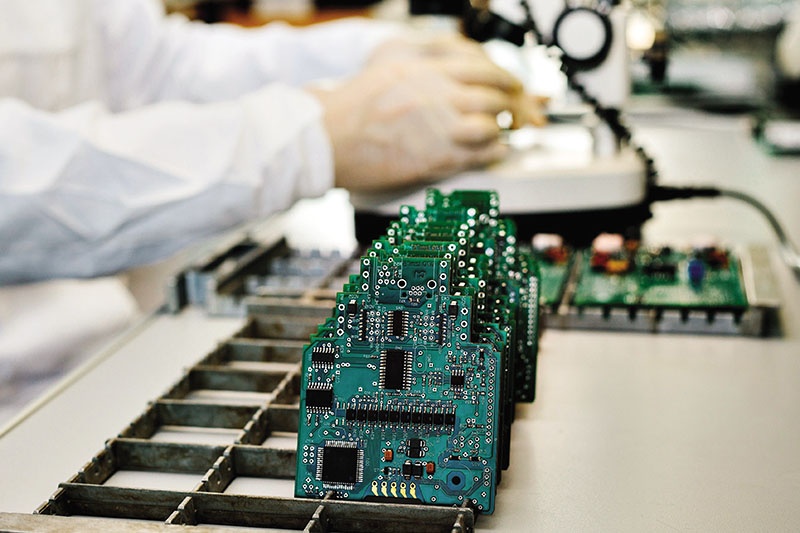In developing Hanoi, old battles new
 |
| Illustrative image - File photo |
Over the past 10 years, high buildings, shopping centres, entertainment complexes, high-class apartments etc. have been built, which has completely changed the landscape of the city. Economic changes and continuous introduction of foreign culture over the past decades has brought about indispensable changes in the culture of the indigenous people as well.
Recalling not too long ago, around the mid-2000s, Hanoi used to be a quiet place, with shady trees and cold street corners in the winter.
One of the prominent sights was the presence of street vendors on the large sidewalks of the streets, selling the most common and popular food, such as pho bo, bun thang, banh cuon. There were flower vendors too with a shoulder pole. Suburban farmers modestly and quietly pedalled their bikes with the three words: “Banh da ke”. The small sidewalk cafes or tea shops were filled with clients who liked playing chess. That is the old way of life in Hanoi, also called the “sidewalk culture”.
“The sidewalks of Hanoi have almost everything a Hanoian needs: food, drinks, relaxing space. Eating a bowl of noodle soup, sipping a cup of hot tea, sucking a Vina cigarette and watching people walking down the familiar street is something that most people living in the city will never forget,” says 58-year-old Phan Chi Kien.
And it’s not only the people who enjoy the sidewalk culture. Artists consider Hanoi’s street vendors or sidewalks an endless source of inspiration. Like Kien, they work on the sidewalks and shop for things they need from street vendors as Hanoians would do. As artists, they compose to praise their homeland with the culture of street vendors.
Even people from other parts of Vietnam and foreigners are fascinated with this unique feature.
In October last year, photographer Loes Heerink, who clicked the pictures titled “Ha Noi — Vendors from Above”, was nominated for the Bui Xuan Phai Award, the 10th For the Love of Ha Noi Award. Heerink says the first thing to mention about the city is the great food. She advises people to try eating food at markets and from street vendors and even buying fruit there.
Street vendors: an obstacle to growth?
Despite the immense love of people, the fate of Hanoi’s street vendors is being challenged today by the expansion of urban space.
“The city government and many others have talked about the irrationality of street vendors. They say that street vendors occupy the sidewalks, making it dangerous for the pedestrians as they have to walk on the roads. And if there were no pedestrians, it would be a traffic disaster as all the people would use their personal vehicles,” Kien says.
“People buying food from street vendors are also at risk of food poisoning as they do not know about the origin of the food. The city also looks messy when the sidewalks are full of shops in front of modern buildings,” Nguyen Thu Uyen, 35, says.
People are divided in their opinion of street vendors. Those who love them continue to stand up for them in support. But the situation in Hanoi is changing with time. With construction becoming increasingly urgent, the space for transportation has become more painful.
Street vendors need special attention. They sell food for a living and also because they do not want to remain idle. If this group is expelled from the sidewalks or banned on the roads, it is likely that Hanoi will face social instability.
The debate is likely to continue as Hanoi, too, continues to develop. In such a scenario, tall buildings will co-exist with small food stalls with a few tables and chairs and old men sitting together and smoking or drinking tea.
Martin Rama, new Project Director at the Centre for Sustainable Urban Development (Viet Nam Academy of Social Sciences), said: “There is no doubt that development requires highways and shopping centres, but it would be nice if the Hanoians did not have to get them in exchange for trees, public spaces and special social activities that make their city a charming place in a strange way...”
What the stars mean:
★ Poor ★ ★ Promising ★★★ Good ★★★★ Very good ★★★★★ Exceptional
Related Contents
Latest News
More News
- PM urges investigation into deadly café arson case in Hanoi (December 19, 2024 | 15:57)
- Criminal proceedings start on Hanoi café fire that kills 11 (December 19, 2024 | 15:53)
- Hanoi plans to build nearly 600km of urban railway by 2045 (December 13, 2024 | 11:31)
- Foreign sailor brought ashore for emergency medical treatment (December 13, 2024 | 11:21)
- HCM City needs over 40 billion USD for seven railway lines by 2035 (December 13, 2024 | 11:18)
- Ten needy households in Can Tho receive housing support (December 13, 2024 | 11:12)
- Requirements for foreign drivers, vehicles operating in Vietnam (December 13, 2024 | 11:03)
- Hanoi pushes To Lich river cleanup and urban wastewater overhaul (December 10, 2024 | 14:55)
- Green and smart transition to address urban challenges (December 10, 2024 | 11:47)
- Hanoi boosts night offerings but still trails rivals (December 10, 2024 | 11:33)



 Tag:
Tag:




















 Mobile Version
Mobile Version